This page is more than seven years old and was last updated in November 2019.
Bristol's obsession with unicorns dates back to the 16th century when the city chose to include two of the elusive beasts in its official seal, it was stamped into the hot wax of thousand of legal documents of the time.
The unicorns being shown on either side of the blazon makes them supporters of the city, documents of the time said that unicorns will only do homage to men of virtue. They can be seen paying homage by the way they are posed, they are depicted seated rather than rearing up on their hind legs as you might expect.
Beneath the unicorns was the phrase, "virtute et industry" which means "by virtue and industry," it also included a golden ship departing from a silver castle.
Today signs the unicorn can still be found all over the city wherever you see the coat or arms, it featured in the original University Of Bristol logo until it was redesigned in 2004, on the front terrace of the Royal West of England Academy, at the entrance of the Bristol Museum and Art Gallery, and unicorns featured in the North Bristol Rugby Club tie and blazer badge as designed by an art teacher from Monks Park School.
Advertisement ‐ Content Continues Below.
Two of the most prominent unicorns in Bristol can be seen high above College Green at either end of the roof of City Hall. The 3 meter tall bronze unicorns were not originally part of the council's design but the building's architect Vincent E Harris ordered them and had them without the council's knowledge.
The SS Great Britain marked a period in Bristol's history when the city was at the forefront of the world, in 1843 Isambard Kingdom Brunel launched the world's first luxury cruise liner, at the time it was the longest passenger ship in the world. If anything in the city represented virtue then it was the Great Britain, so it should come as no surprise that there are two golden unicorns across the bow of the ship, and another two on the ship's figurehead.
Keen unicorn spotters can track down more of the mythical creatures at St. John the Baptist Church on Broad Street and at Bristol Cathedral. St. John the Baptist forms part of Bristol's old city wall, a 14th century church that's home to a unicorn, sitting proud above the pulpit. In Bristol Cathedral you'll some ornate wooden carvings of unicorns.
Bristol also famously had some unicorns in the form of a marching band. The band was formed by Dave Rogers in 1979 and went on to become one of the most successful marching band in Britain of all time by winning the title of World Showband Champions in 1985, European Champions in 1989 and British Champions in 1984, 1985, 1986 and 1988.
Learn With Higgypop
Hosted by Paralearning in association with Higgypop, these courses on ghost hunting, paranormal investigations, and occult practices draw on the experience of our team of paranormal writers.
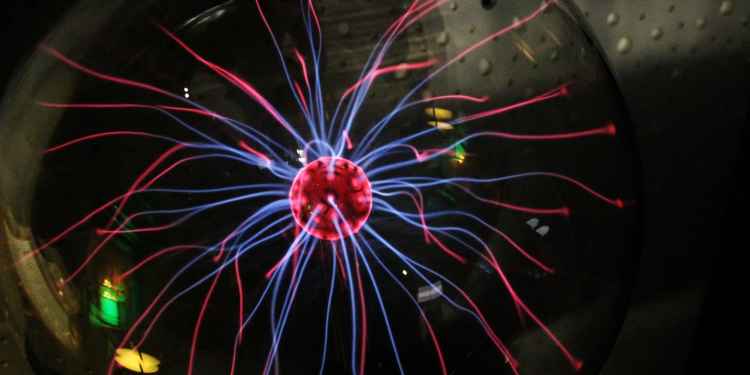
Diploma In Advanced Scientific Theory For Paranormal Investigators
This course gives you practical and useful knowledge of ghost hunting and paranormal research, which is invaluable when conducting your own paranormal investigations or as part of a group event.
View Course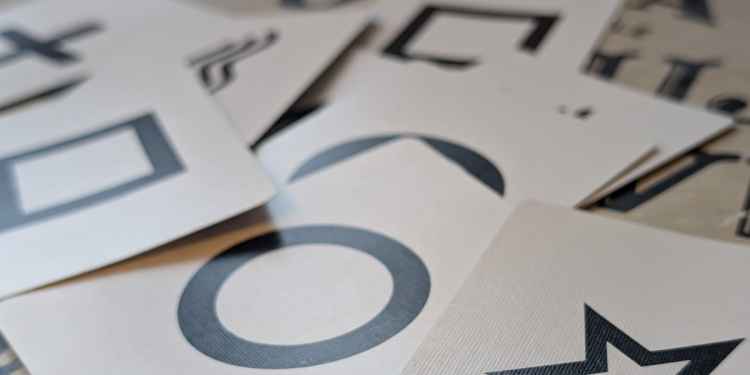
Diploma In Parapsychology & Psychic Phenomena
This course gives you practical and useful knowledge of ghost hunting and paranormal research, which is invaluable when conducting your own paranormal investigations or as part of a group event.
View Course
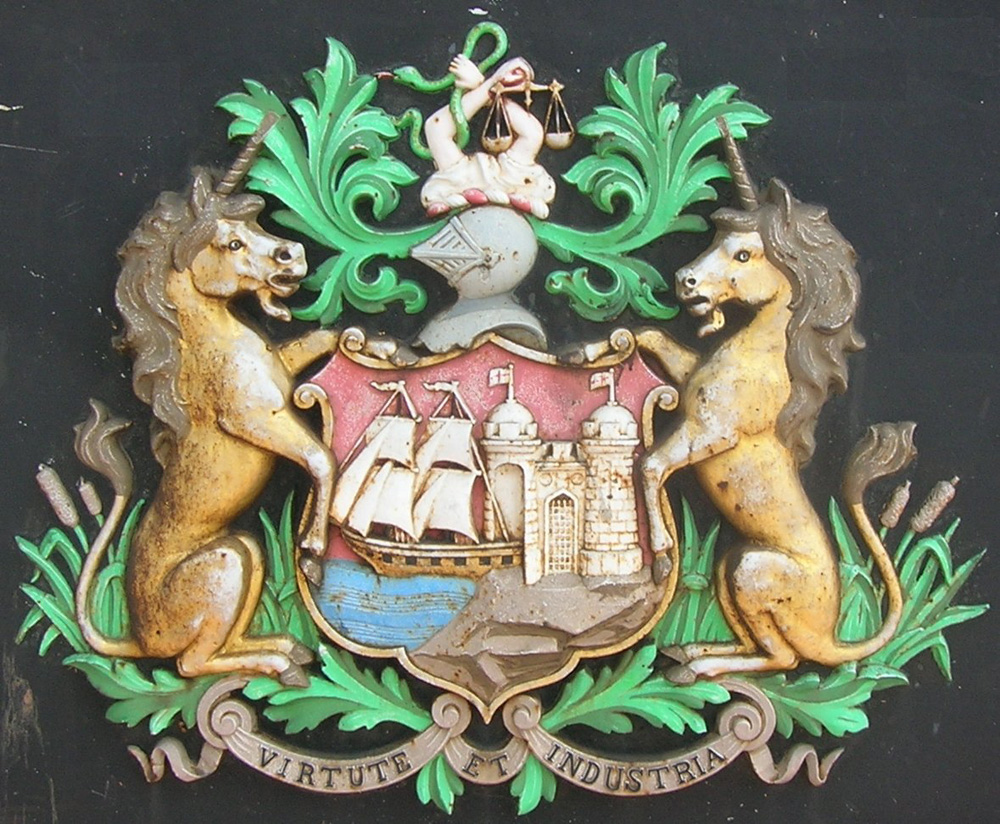
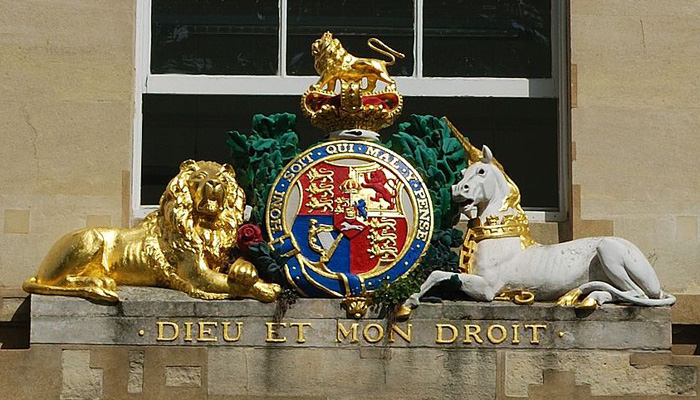
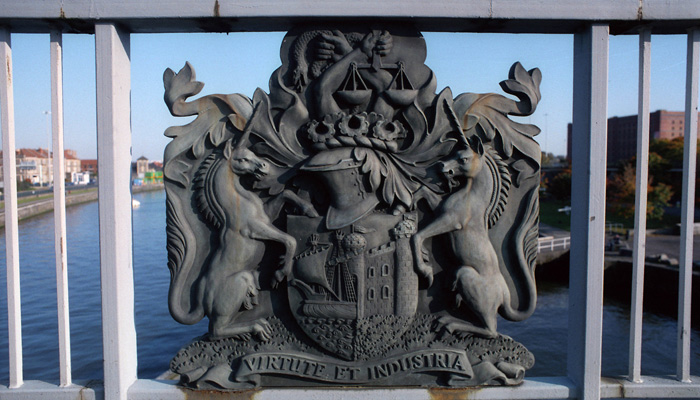
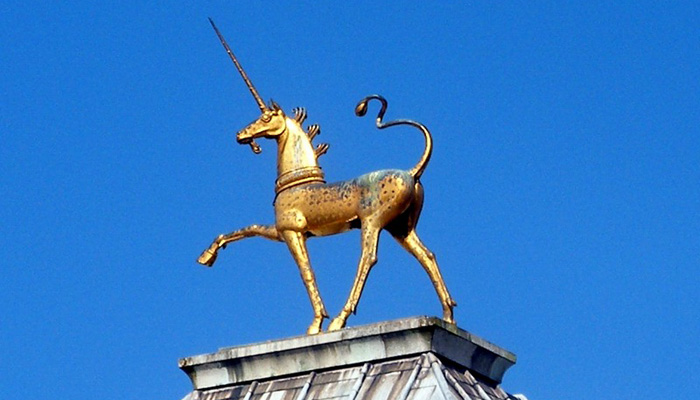
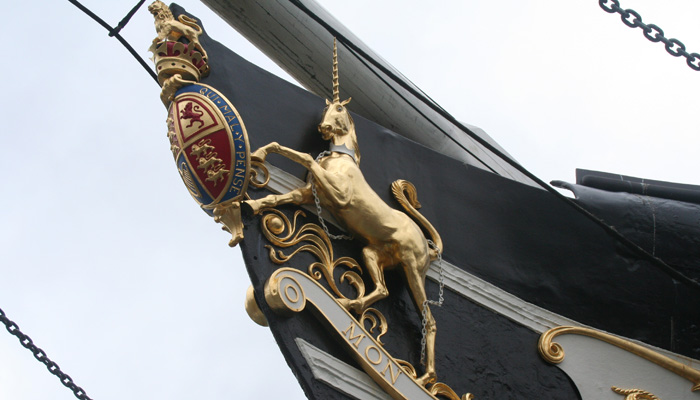


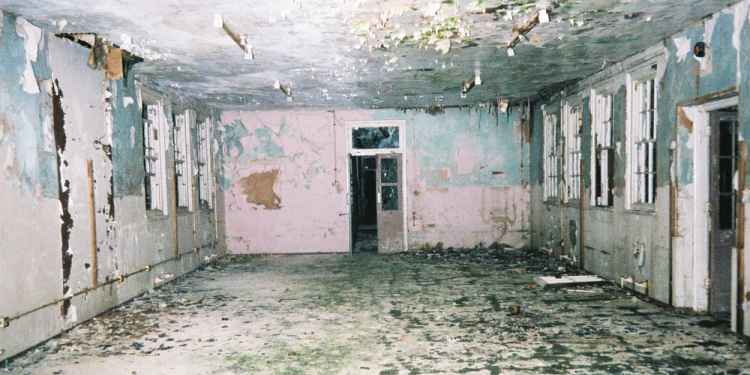
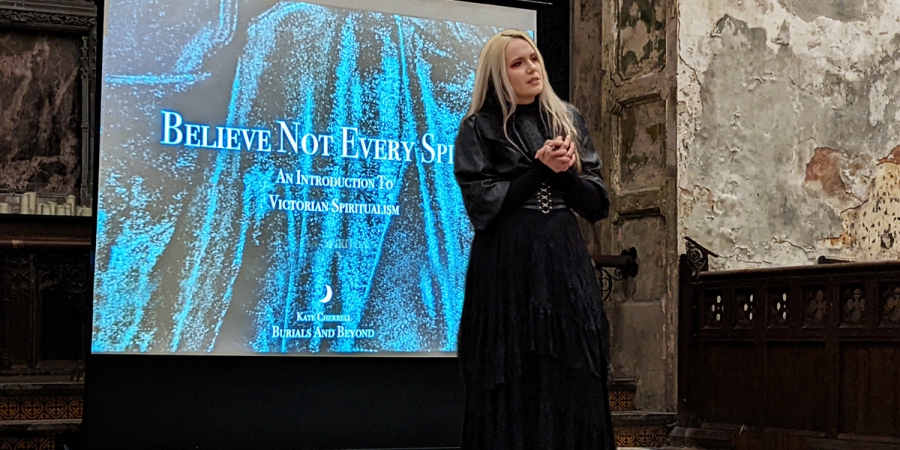
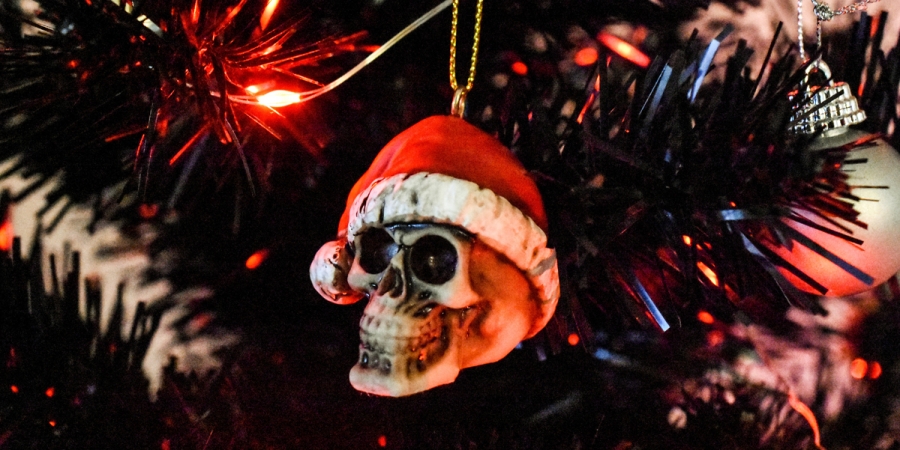
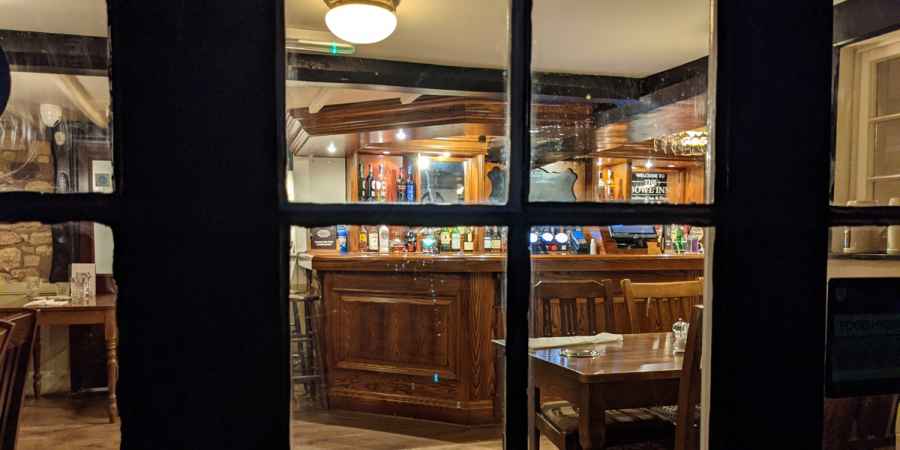
 See More on Audible
See More on Audible
Comments
Want To Join The Conversation?
Sign in or create an account to leave a comment.
Sign In
Create Account
Account Settings
Be the first to comment.